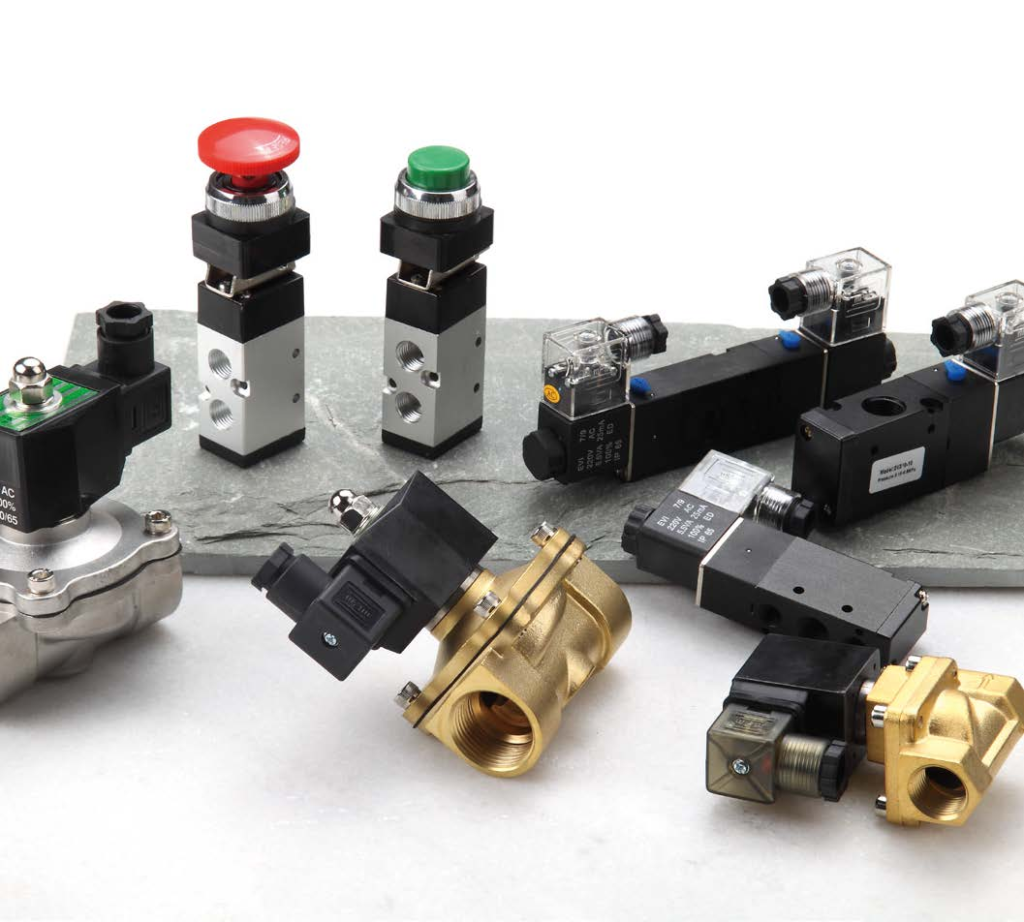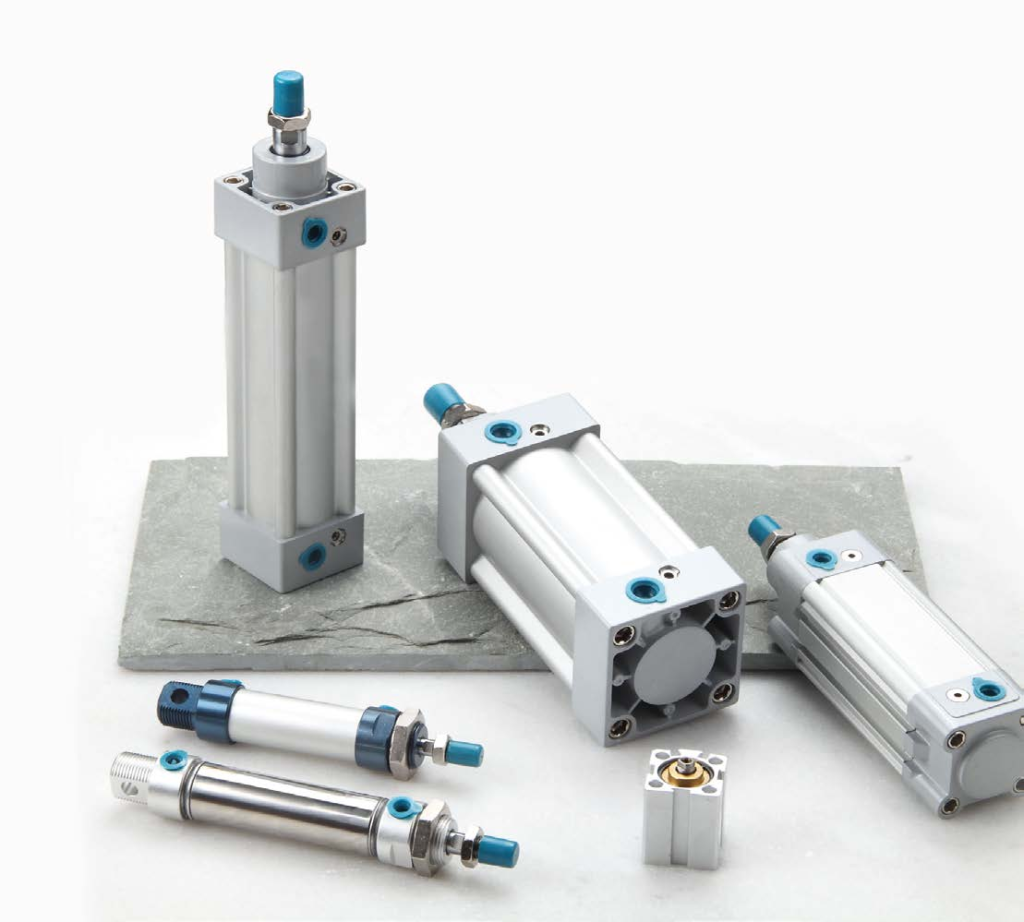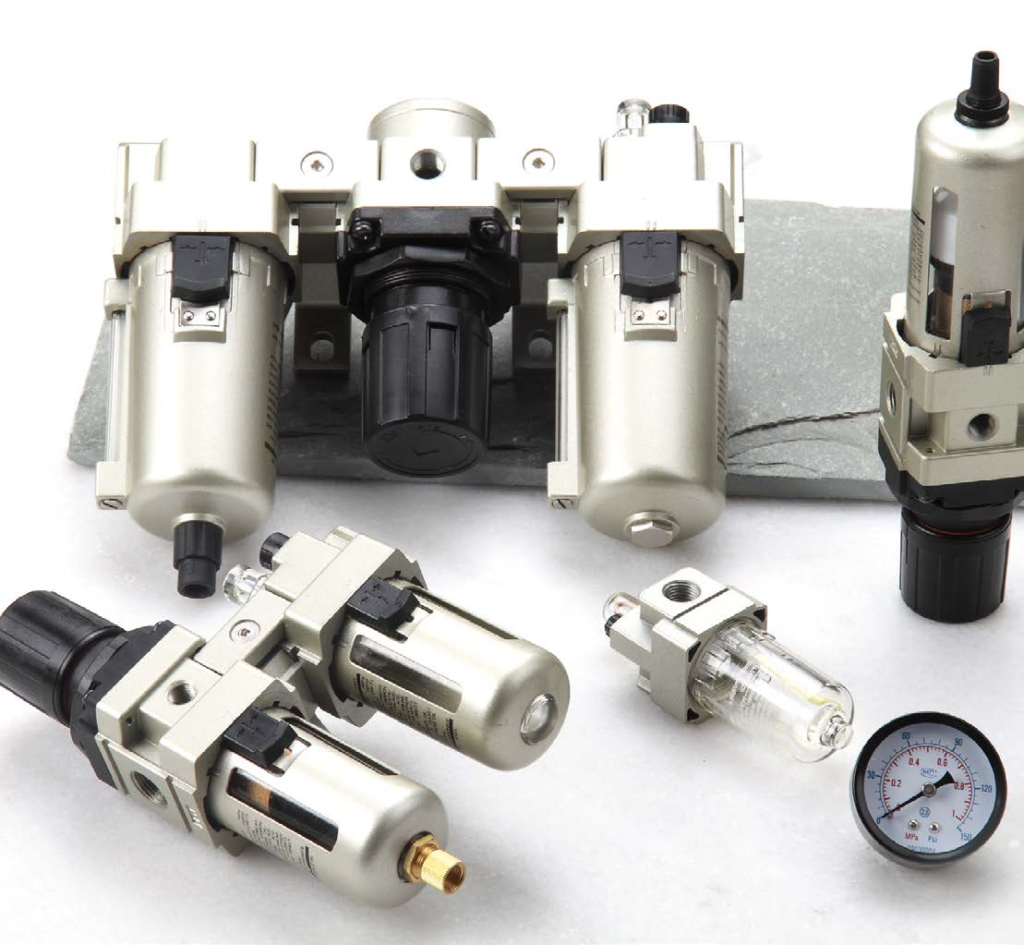Table of Contents
ToggleIntroduction
Pneumatic devices are integral to modern industrial operations, utilizing compressed air to perform a variety of tasks efficiently and effectively. From powering tools to controlling machinery, these devices enhance productivity and streamline processes across numerous sectors, including manufacturing, automotive, and construction. Understanding the different types of pneumatic devices is essential for optimizing their use, ensuring proper maintenance, and troubleshooting issues that may arise. In this article, I will provide a comprehensive overview of the various types of pneumatic devices, their functions, and how they can be effectively utilized in your operations.
1. What Are Pneumatic Devices?
Pneumatic devices are tools and equipment that operate using compressed air. They convert the energy stored in compressed air into mechanical energy, which can then be used to perform work. The principle behind pneumatic devices is relatively straightforward: when air is compressed, it occupies a smaller volume and can exert a significant amount of force when released. This force can be harnessed to move objects, control processes, or power tools. Pneumatic devices are favored in many industries due to their reliability, speed, and ability to operate in hazardous environments where electric tools may pose a risk.
2. What Are the Main Types of Pneumatic Devices?
Pneumatic devices can be categorized into several main types, each serving a specific purpose. The primary categories include:
- Actuators: Devices that convert compressed air into mechanical motion.
- Valves: Components that control the flow and direction of air within a system.
- Tools: Pneumatic-powered tools used for various applications.
- Cylinders: Devices that produce linear motion using compressed air.
- Compressors: Machines that generate compressed air for use in pneumatic systems.
Understanding these categories will help you select the right device for your specific application.
3. What Are Pneumatic Actuators?
Pneumatic actuators are devices that convert the energy from compressed air into mechanical motion. They are essential for automating processes and controlling machinery. There are two primary types of pneumatic actuators:
- Linear Actuators: These actuators convert air pressure into linear motion, moving in a straight line. They are commonly used in applications such as conveyor systems, robotic arms, and material handling equipment. The operation of a linear actuator typically involves a piston that moves within a cylinder when air is introduced, pushing the piston in one direction.
- Rotary Actuators: Unlike linear actuators, rotary actuators convert air pressure into rotational motion. They are used in applications that require turning or twisting actions, such as valve control and positioning systems. Rotary actuators often use a vane or gear mechanism to translate the linear force of the compressed air into rotational movement.
Pneumatic actuators are favored for their speed, precision, and ability to handle heavy loads, making them ideal for automation in various industries.
4. What Are Pneumatic Valves?
Pneumatic valves are critical components that control the flow and direction of compressed air within a system. They play a vital role in regulating pressure and ensuring that air is directed to the appropriate devices. The main types of pneumatic valves include:
- Directional Control Valves: These valves manage the direction of airflow, allowing for the control of actuators and other devices. They can be manually operated or automated, depending on the application. For example, a 5/2 valve can control a double-acting cylinder by directing air to either side of the piston.
- Pressure Relief Valves: These valves are designed to maintain safe pressure levels within a system. They automatically release excess pressure to prevent damage to equipment. This is crucial in preventing catastrophic failures in high-pressure systems.
- Flow Control Valves: These valves regulate the speed of actuators by controlling the flow rate of air. This is essential for applications that require precise movement and timing, such as in assembly lines where synchronization is critical.
Selecting the right valve is crucial for ensuring optimal performance and safety in pneumatic systems.

5. What Are Pneumatic Tools?
Pneumatic tools are powered by compressed air and are widely used in various industries for their efficiency and power. Common types of pneumatic tools include:
- Impact Wrenches: These tools are used in automotive and construction industries for loosening and tightening bolts quickly and efficiently. They provide high torque with minimal effort, making them ideal for heavy-duty applications.
- Pneumatic Drills: These drills are used in manufacturing and assembly applications, offering high-speed drilling capabilities with reduced operator fatigue. They are often lighter than electric drills, allowing for extended use without discomfort.
- Air Sanders and Grinders: These tools are essential for finishing and surface preparation, providing smooth and consistent results. Pneumatic sanders and grinders often have higher power-to-weight ratios compared to their electric counterparts, making them more efficient for prolonged use.
Pneumatic tools are often preferred over electric tools due to their lightweight design, durability, and ability to operate continuously without overheating.
6. What Are Pneumatic Cylinders?
Pneumatic cylinders are devices that use compressed air to produce linear motion. They are commonly used in automation and material handling applications. There are two main types of pneumatic cylinders:
- Single-Acting Cylinders: These cylinders use air pressure to extend the piston in one direction, while a spring returns it to its original position. They are simple and cost-effective for applications that require movement in one direction, such as clamping or lifting.
- Double-Acting Cylinders: These cylinders use air pressure to extend and retract the piston, providing more control and versatility. They are ideal for applications that require movement in both directions, such as in conveyor systems or robotic arms.
Choosing the right type of cylinder is essential for meeting the specific requirements of your application, as it affects the speed, force, and range of motion.

7. What Are Pneumatic Compressors?
Pneumatic compressors are devices that generate compressed air, which is then used to power various pneumatic tools and devices. There are two main types of pneumatic compressors:
- Reciprocating Compressors: These compressors use a piston to compress air and are commonly used in smaller applications. They are known for their reliability and efficiency, making them suitable for workshops and small manufacturing operations.
- Rotary Screw Compressors: These compressors use two interlocking screws to compress air and are ideal for larger industrial applications. They provide a continuous supply of compressed air and are more energy-efficient than reciprocating compressors, making them suitable for operations that require a constant air supply.
When selecting a compressor, consider factors such as the required airflow, pressure, and application needs to ensure optimal performance.
8. How to Choose the Right Pneumatic Device for Your Application?
Choosing the right pneumatic device involves several key considerations:
- Application Requirements: Assess the specific needs of your application, including pressure ratings, speed, and type of motion required. Understanding the demands of your operation will help you select the most suitable device.
- Compatibility: Ensure that the device is compatible with your existing systems and components. Mismatched devices can lead to inefficiencies and potential failures, so always verify the specifications before making a purchase.
- Performance Requirements: Evaluate the performance specifications of the device to ensure it meets the demands of your application. Consider factors such as load capacity, speed, and cycle times.
By carefully considering these factors, you can select the most appropriate pneumatic devices for your operations, enhancing efficiency and reliability.

9. What Are Common Troubleshooting Tips for Pneumatic Devices?
Even with the best pneumatic devices, issues can arise. Here are some common problems and their solutions:
- Air Leaks: If you notice a drop in pressure or performance, check for leaks in hoses, fittings, and connections. Regularly inspect and maintain these components to prevent leaks, as they can significantly impact system efficiency.
- Inconsistent Performance: If a device is not operating smoothly, check for blockages in the air supply or issues with the actuator or valve. Cleaning and maintenance can often resolve these issues, ensuring that air flows freely through the system.
- Excessive Noise: Unusual noises can indicate mechanical issues or air leaks. Investigate the source of the noise and address any underlying problems promptly to prevent further damage.
Regular maintenance and inspection of pneumatic devices can help ensure optimal performance and extend their lifespan, reducing the likelihood of unexpected failures.
10. Conclusion
Understanding the different types of pneumatic devices is essential for anyone working in industries that rely on compressed air systems. By selecting the right devices based on your application’s needs, you can enhance efficiency, reduce downtime, and ensure reliable operation. Take the time to evaluate your requirements and choose the pneumatic devices that best suit your operations.

